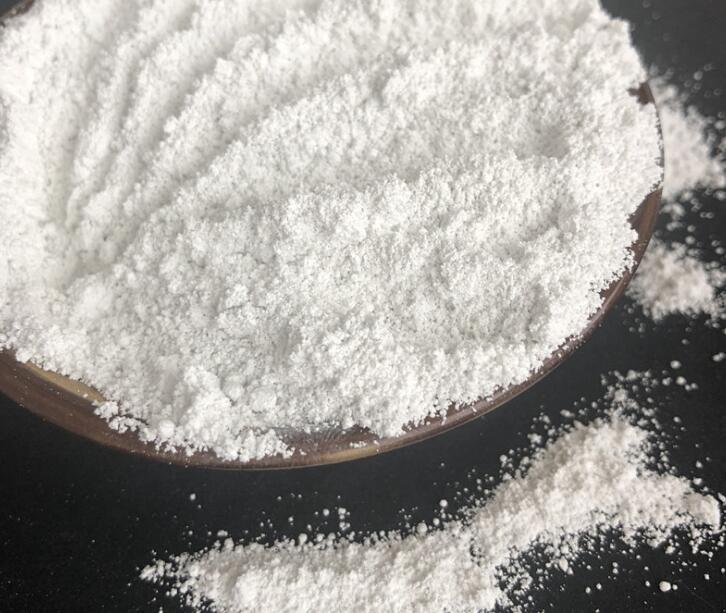Mastering the clinker magnesium oxide balance: the secret to improving concrete strength

In concrete engineering, the strength of clinker is one of the key factors to ensure structural stability. Magnesium oxide (MgO) is an important component in clinker, and its content control plays a vital role in improving the strength of concrete. By finely adjusting the magnesium oxide content, clinker properties can be significantly improved, thereby enhancing the durability and stability of concrete.
The role of magnesium oxide in clinker is mainly reflected in two aspects: first, as a mineralizing agent to promote early hydration of cement; second, by controlling its content, it reduces the volume expansion of clinker during the hardening process and avoids cracking. However, either too high or too low magnesium oxide content will adversely affect clinker quality. Therefore, precise control of the magnesium oxide content and optimal clinker ratio are key steps to improve the strength of concrete.
To achieve this goal, the following measures can be taken:
Strictly control the selection of raw materials and give priority to raw materials with moderate magnesium oxide content.
Through precise chemical analysis and quality control, the clinker formula is adjusted to ensure that the magnesium oxide content is within the optimal range.
Optimize the firing process and control the firing temperature and time to promote uniform distribution and effective reaction of magnesium oxide.
Advanced cooling technology is used to ensure rapid and even cooling of the clinker after firing and reduce the adverse effects of magnesium oxide.
Through these methods, the magnesium oxide content in clinker can be effectively controlled, and the strength of clinker and the overall performance of concrete can be improved. This not only helps to improve building quality, but also reduces long-term maintenance costs, achieving a win-win situation of economic and environmental benefits.








